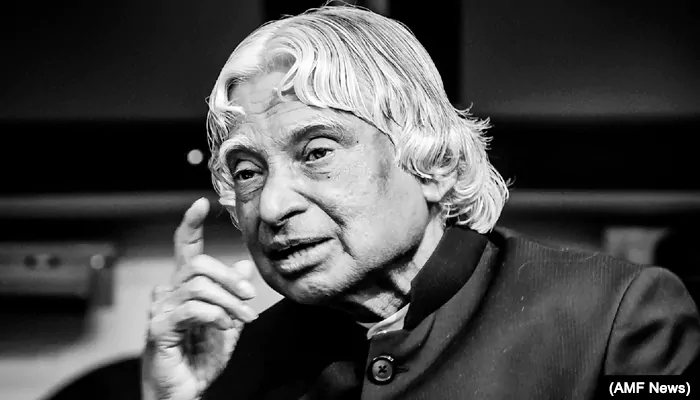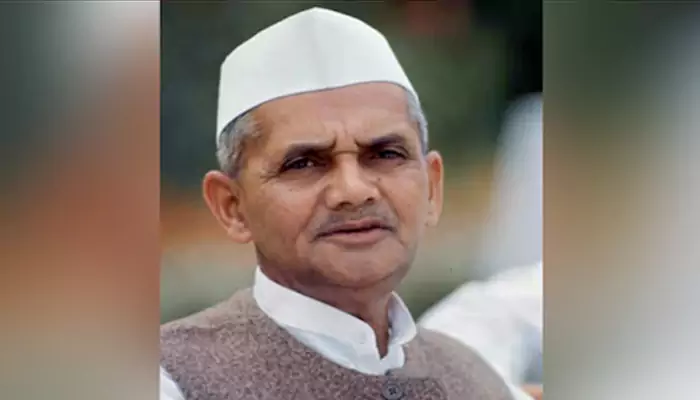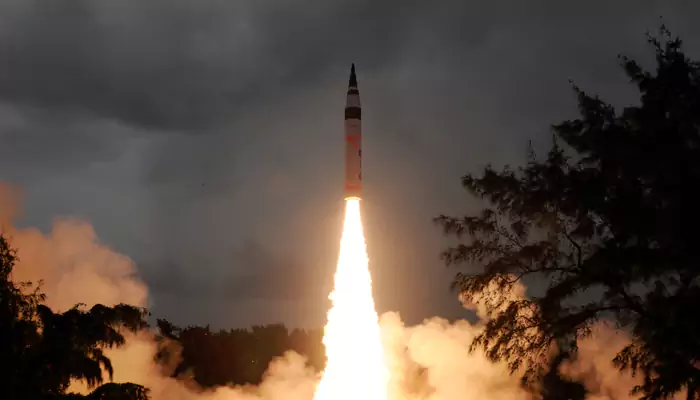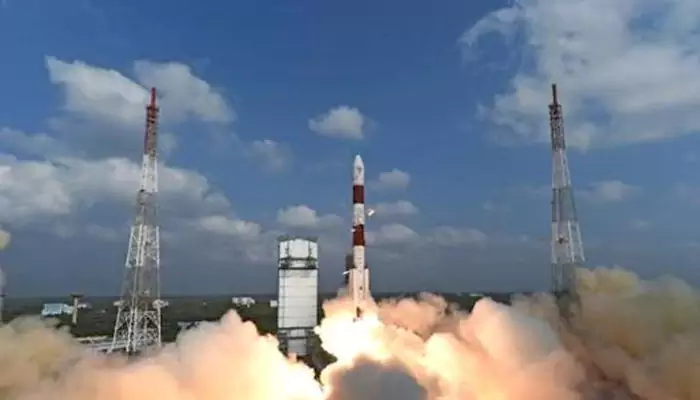Union Budget 2024-25: Unlocking Investment Potential - Key Sectors Poised for Growth
- Admin
- 1 year ago
- 4 minutes read

Finance Minister Nirmala Sitharaman is set to unveil the complete Union budget next week, having previously presented an interim budget in February. Investors are closely monitoring the budget's potential impacts on various sectors and stocks, along with its broader policy objectives shaping long-term market dynamics. Expected to outline priorities for Prime Minister Narendra Modi's third five-year term, the budget may also delineate a roadmap leading up to India's 100th independence anniversary in 2047. Sitharaman previously hinted at a detailed strategy for 'Viksit Bharat' in her interim speech, emphasizing infrastructure, manufacturing, fiscal prudence, employment generation, social welfare, and economic reforms as key focal points.
Sectors to Serve as Key Themes in the Budget
Infrastructure Budget Expectations
The Interim Budget for 2024-25 allocated ₹11.1 lakh crore towards infrastructure, marking an 11% increase from the previous year, constituting 3.4% of India's projected GDP. This growth rate, however, fell short of the previous year's 34% rise. The upcoming full budget is set to maintain a strong focus on infrastructure, particularly in roads, highways, railways, and housing. Priority will be placed on accelerating ongoing projects, with heightened emphasis on monitoring progress and ensuring timely completion. The government aims to attract investments from the UK, Saudi Arabia, and Japan, crucial for financing its ambitious infrastructure projects amidst limited fiscal space.

Focus on sustainable and climate-resilient infrastructure is expected, with potential incentives for energy-efficient technologies and renewable energy adoption.
Manufacturing Budget Expectations
The government plans to bolster domestic manufacturing by raising the minimum local content requirement for public procurement and reinstating a concessional corporate tax rate of 15% for new manufacturing units. Additionally, revisions to the 2019 national policy on electronics global value chain integration are expected, alongside an expansion of the PLI scheme to include electronic components. Sources indicate steps to rectify the inverted duty structure on various goods, aiming to streamline tariffs on inputs crucial for electronics, copper products, alloys, textile fibers, and certain chemicals. This initiative aims to enhance local manufacturing competitiveness and support the production of value-added goods.

MSMEs Budget Expectations
The upcoming budget may introduce a new initiative targeting the micro, small, and medium enterprises (MSME) sector, aiming to address financing challenges. Sources suggest the scheme could allocate over ₹10,000 crore, although specifics are yet to be finalized. Proposed interventions include interest rate subsidies for working capital, credit guarantees, refinancing options, and potential equity support. There's also consideration for a dedicated support window for women entrepreneurs. According to a parliamentary report, MSMEs contribute significantly to India's economy, accounting for 30% of GDP, 45% of manufacturing output, and 48% of exports. The report highlights a substantial credit gap estimated at ₹20 lakh crore in the sector.
Social Sector Budget Expectations
The Modi government, facing diminished electoral support in the recent Lok Sabha elections, is poised to prioritize social welfare spending in the upcoming budget. Key focus areas include bolstering rural demand through increased allocations for housing subsidies by Rs 23,000 crore (-0.07% of GDP), alongside enhanced funding for rural infrastructure such as roads and employment schemes. Reports indicate plans to expand public health insurance coverage and revive economic empowerment initiatives for women, including schemes like Lakhpati Didi. These measures aim to stimulate economic recovery and support vulnerable segments of society.
Defence Budget Expectations
Finance Minister Sitharaman allocated Rs 6.21 lakh crore for the Ministry of Defence in the Interim Budget, marking a 4.3% increase from the previous year. The defence sector is poised to retain its pivotal role in the budget, aligning with the government's strategy to enhance indigenous defence production and bolster exports.

In a potential budget move, there could be a proposal to revise the FDI cap for defence manufacturing, as reported by TOI. The Department for Promotion of Industry and Internal Trade is evaluating ways to streamline investment regulations in defence to attract more manufacturing investments. Current norms allow up to 100% FDI in sectors involving modern technology, with specific conditions under the automatic route that may undergo review, particularly in segments like small arms production.












